In this project, we learn about saturation,the difference between prismatic color, muted color and chromatic gray. First, we began with a color wheel freestudy. Second, we did the saturation studies, mix and match with little pieces of painted bristols. Lastly, we did a band poster by following the swiss style. We had choose warm or cool colors, a composition card, and come up with a band name that include two sensory meanings. What can I do better next time might be to make the flowers for the color wheel larger for easy visualization, and spend a little more time with the paint. I feel like I still cannot control the color of the paint because when it dry, the color came out different when I first painted.
Phase 1
Phase 2
Phase 3


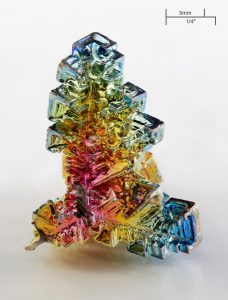
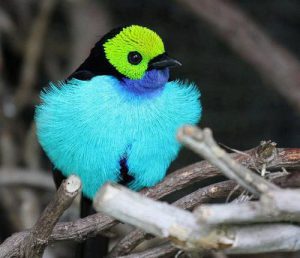
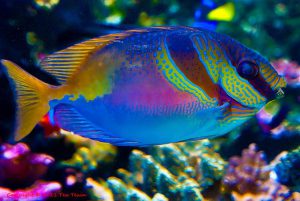
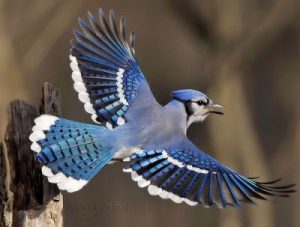
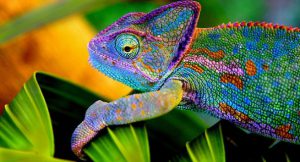
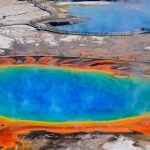






Recent Comments